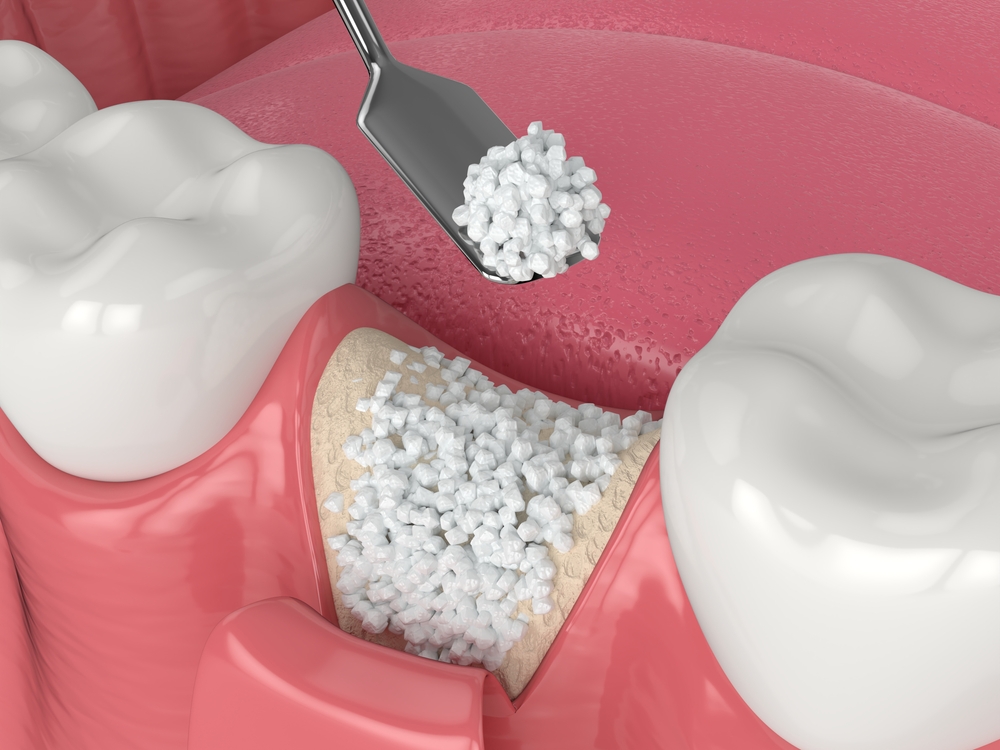Our jawbone is the primary support system for our oral cavity. When certain restorations or reconstructions are being performed, it needs to be sturdy enough to do their job. Bone loss can be a problem when the jawbone has become compromised. This compromising can occur due to wear and tear, disease, trauma, or a side-effect of medical treatment. Bone grafting is a technique that makes restoring the jawbone possible without requiring extensive surgery. Once the graft bonds with the living bone and has time to heal, it will significantly strengthen the jawbone. Elite Dental Group provides bone graft treatments at its office in Poughkeepsie, NY.
The Various Types of Bone Graft And Their Uses
Our jawbone can develop defects for many reasons, with the most common cause being advanced periodontal disease. The infection can begin breaking down the jawbone in severe cases like these. As it loses material, it becomes smaller and less durable until its ability to support teeth is compromised. Traumatic experiences are another common cause of periodontal disease. The degree of restoration necessary will depend on the amount of material remaining and the dental work to be done. There are two prominent degrees of bone graft:
- Major Bone Grafting – When significant defects to the jaw are present, the procedure may be classified as a major bone graft. This form of graft most commonly uses the patient’s bone material. Dr. Hashim will extract this material from the hip, skull, or knee in most cases. The most frequent reasons for primary bone graft are major trauma, congenital defects, and removal of tumors. The majority of patients will require a short hospital stay once the graft is completed.
- Minor Bone Grafting – A minor bone graft may be necessary in less extreme cases. Sinus lift procedures, jawbone grafting, and ridge preservation are minor bone grafts.
The underlying reason for a bone graft is necessary is almost always bone loss. The underlying cause for this bone loss varies from patient to patient. Some common causes are:
- Dental Infections including advanced gingivitis or periodontal disease
- Traumatic injuries to the jaw from sports, auto accidents, etc.
- Removal of bone during previous procedures.
The ultimate purpose of a bone graft is the reinforcement of the jawbone to make it capable of supporting the desired restoration. The void created by missing bone is filled with bone material that stimulates bone growth to make it possible for defects to be corrected. Through this process, Dr. Hashim can address deformities by restructuring the jawbone, resulting in the necessary support for the patient’s oral structures. It can also help to mitigate further bone loss from existing conditions.
Some Final Notes On Bone Graft Procedures
There are a variety of materials that Dr. Hashim can use during a bone graft procedure. Whenever possible, they will use the patient’s own living bone tissue. This reduces the risk of rejection and the chances of a successful grafting procedure. When this isn’t a variable option, the next choice is usually an allograft or bone obtained from a cadaver. Sometimes allografts may refer to synthetic bone sources rather than cadaverous bone. Finally, when these options aren’t available, Dr. Hashim may suggest using a xenograft. This refers to bone taken from an animal, usually porcine or bovine bone.
